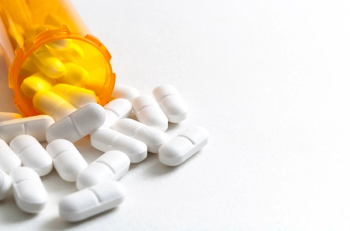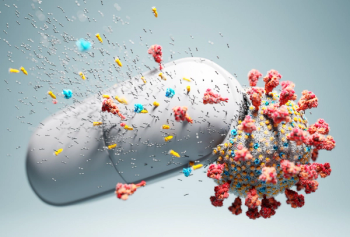
Resistant Kawasaki Disease Treatment Efficacy
Sometimes Kawasaki disease doesn’t respond to treatment. An investigation looks into whether a second course of standard treatment performed better than treating with infliximab.
For most children with Kawasaki disease, the use of intravenous immunoglobulin therapy is effective. However, 10% to 20% of children will require additional treatment. A recent multicenter investigation compared the efficacy of a second infusion of intravenous immunoglobulin with infliximab to treat resistant cases.1
Investigators recruited patients aged 4 to 17 years with intravenous immunoglobulin resistant cases of Kawasaki disease and fever at least 36 hours after receiving the first infusion from 30 hospitals across the United States. They randomized patients (1:1) to either receive a second immunoglobulin transfusion or to receive infliximab (10 mg/kg over 2 h without premedication). Participants with fever 34 hours to 7 days after completing the first treatment given for the study were crossed over to get the other study treatment.
A total of 103 participants were included in the intention-to-treat population with 54 randomized into the infliximab group and 49 into the second intravenous immunoglobulin treatment group. The primary outcome, which was resolution of fever at 24 hours following the initiation of study treatment as well as recurrence of fever that could be attributed to Kawasaki disease within 7 days post-discharge, occurred in 40 of 52 patients in the infliximab group and 25 of 49 patients in the second IVIG infusion group (odds ratio 0.31, 95% CI 0.13–0.73, p=0.0076). Crossover treatment was given to 31 patients: 9 received a second immunoglobulin treatment after initial infliximab study treatment and 22 were given infliximab after receiving standard treatment. Five patients did not receive crossover treatment. On average, participants who received infliximab had fewer fever days (1.5) and days in the hospital (3.2) than those who received a second treatment of standard care who had 2.5 fever days and 4.5 days in the hospital. The only serious adverse event that was considered either definitely or probably linked to study treatment was hemolytic anemia, which was reported in 9 of the patients who were given intravenous immunoglobulin as either the initial study treatment or crossover treatment whereas no cases were seen in patients who were only given infliximab.
The investigators concluded that in the case of resistant Kawasaki disease, infliximab is a safe, effective treatment. Furthermore, it led to better outcomes, such as shorter hospital stays and shorter periods of fever, than the use of a second infusion of intravenous immunoglobulin.
This article originally appeared on
Reference
1. Burns J, Roberts S, Tremoulet A, et al. Infliximab versus second intravenous immunoglobulin for treatment of resistant Kawasaki Disease in the USA (KIDCARE): a randomised, multicentre comparative effectiveness trial. The Lancet Child & Adolescent Health. 2021;5(12):852–861. doi:10.1016/s2352-4642(21)00270-4
Newsletter
Pharmacy practice is always changing. Stay ahead of the curve with the Drug Topics newsletter and get the latest drug information, industry trends, and patient care tips.





























































































































